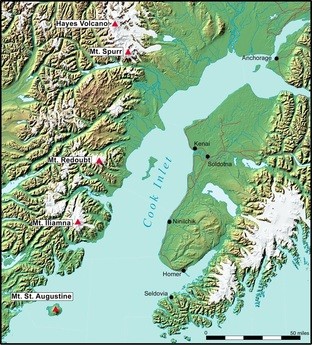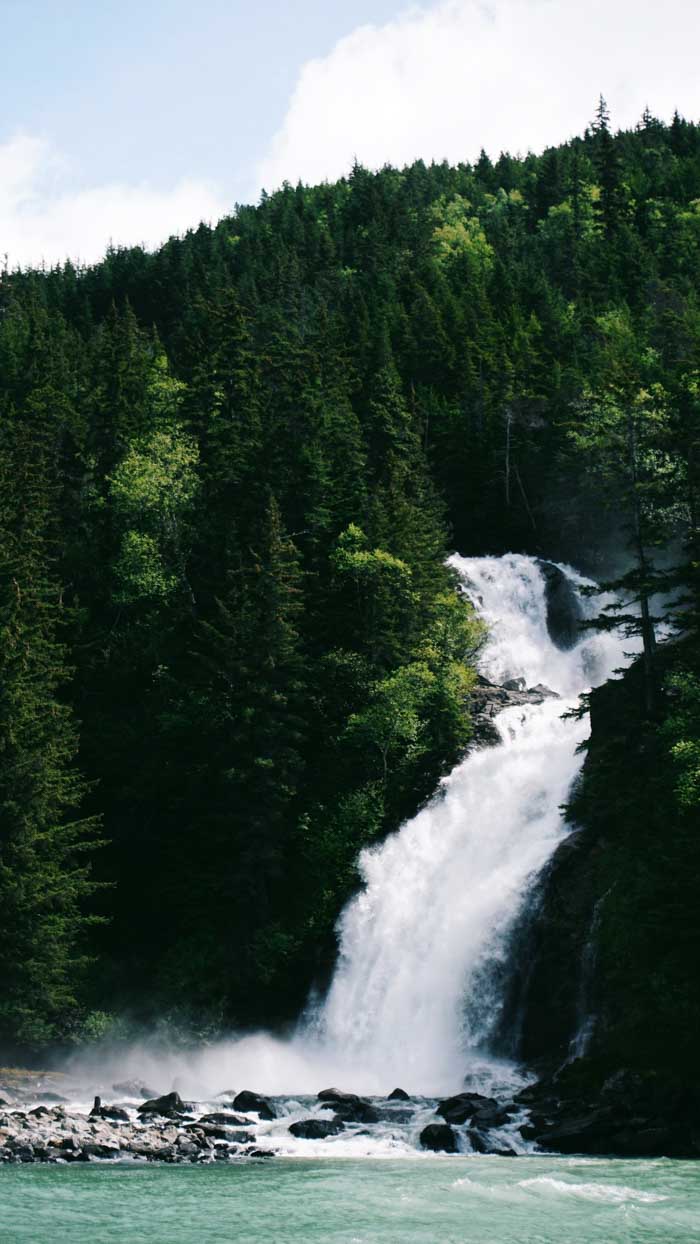Alaska is earning hundreds of millions of dollars every year through the sales of fossil fuels that contribute a lot to climate change, but it’s now looking to earn money by selling carbon credits.
Alaska only earned a few tens of millions of dollars in all the decades it has been selling timber. And the federal government has locked up the Tongass National Forest, drying up the timber industry in the state.
So, simply put, there were not enough forests to be commercially viable anymore.
Gov. Mike Dunleavy plans to raise money from a new source – carbon credits. For at least some of Alaska’s forested land that’s not harvestable. He said it will bring in hundreds of millions to a billion dollars of income each year.
A Bill on Carbon Sequestration
Carbon sequestration means capturing and storing carbon dioxide, preventing it from entering the atmosphere. It’s one of the commonly used methods in cutting down carbon emissions. It can be done using modern technologies or natural processes.
Gov. Dunleavy aims to introduce a bill to turn Alaska’s capacity to sequester carbon into a revenue stream. He said during a press briefing that:
“Alaska has a real opportunity to sequester carbon in many different ways in the state – through our forests, through our depleted oil and gas basins, as well as the potential for seaweed sequestration off our coasts.”
The governor also said that the state’s depleted basins are excellent carbon sinks. Cook Inlet, for instance, can store as much as 50 gigatons of carbon.
Can Alaska profit from this new business of carbon sequestration with carbon credits? The governor aims to know and he needs to pass a bill that will allow him to develop contracts.
He will propose to the Legislature a carbon credit program for forest lands, depleted oil basins, and even seaweed forests off of the Alaska coast.
The governor said this bill will be a starting point for how carbon sequestration would look in the state. It will also explore how the state can contract with potential credit buyers and what carbon sinks will be involved.
Alaska Forest and Blue Carbon Credits
Trees in forests sequester carbon from the air. This sequestration can generate income through carbon credits sold to entities wanting to offset their emissions.
Gov. Dunleavy disclosed that a firm has approached Alaska, saying that a carbon credit program can generate $30+ billion over 20 years. That’s if Alaska will leave some forests intact. It won’t prohibit other uses of the land like recreation, but the trees should not be cut in exchange for the billions.
“From our perspective at SEACC, the easiest way to increase carbon sequestration in Alaska is to protect the Tongass National Forest. That’s not necessarily up to Gov. Dunleavy, but seeing the governor think more broadly about ways to protect forested areas over which the state does have influence would be critical...”
Some existing forest carbon projects were developed in the state several years ago. Developers such as Sealaska and Ahtna are a few of the Alaska Native organizations doing it.
- Fast-growing seaweed like sargassum is an efficient carbon soaker, sequestering up to 20x more CO2 than a tree of the same volume.
Both of these carbon credits, from forests and seaweeds, will not “gore any ox”, according to Gov. Dunleavy. He said that Alaska now has a real possibility of earning revenue with carbon credits. With this, they don’t have to gore any ox (e.g., do an income or corporate taxes on the people).
Potential Carbon Credit Revenues
There was no revenue from carbon sequestration specified in the state’s proposed budget for 2023. But Dunleavy’s 10-year plan includes a target for potential revenue from carbon credits.
His plan projects the following carbon credit revenue generation:
Those figures, if they become a reality, will help balance out the finances the state needs to function. But some senators believe that such revenue will not come in that fast.
The bill will take careful analysis and discussion to become law. After all, if it turns into legislation, it can create an opportunity for ‘multigenerational contracts’ between the state of Alaska and the investors, as Senator Stedman said.



